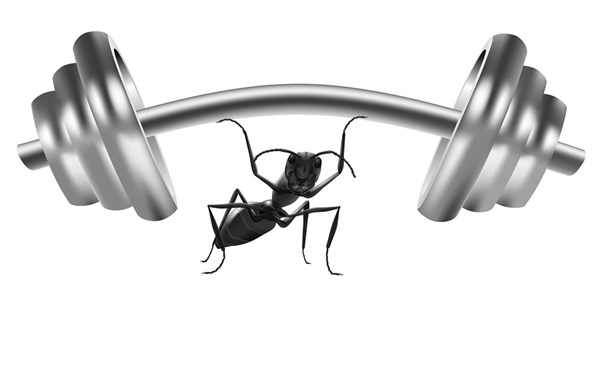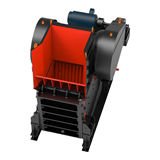Well, generally we look for things we can see: bigger, better machines; greater automation; more efficient floor layouts.
But what if the real future of manufacturing lay in something we can't see? What if we could make far better products for far less using something so small we couldn't even see it working? Welcome to the very small world of nanomanufacturing.
A billion small steps for mankind
Nanomanufacturing will allow us to make far better products than the world has ever seen. In fact, it will make the products we make now look decidedly second rate. Yet the tools we use will be so infinitesimal, they have their own highly miniaturised scale.
It's called the nano-scale and its basic unit is one billionth of a metre. And no, we can't picture that. Nor can the average person attempt to comprehend the intensely complicated world of nanotechnology.
In this article I will merely attempt to do what most articles on nanomanufacturing don't do; speak in layman's terms so we can all get a basic grasp of how a tiny nano factory might work for us and what it means for the future of manufacturing.
So here we go.
Lets make mountains out of anthills
Imagine if you will that a high tech nanomanufacturing unit is an anthill. Inside this anthill are billions of extremely busy microscopic ants working in very clearly defined and specific layers. On the bottom layer our microscopic ants act as sorters, processing billions of ungraded molecules by size and shape. Only the best molecules get a big ant thumbs up and are sent up to the next layer as basic building blocks.
The ants on this next layer take these building block molecules and begin the process of creating larger building blocks – the formative pieces they need to start creating all the components of an end product that will soon be spat out the top of our anthill.
Up to the next layer and even more teams of highly efficient ants add their bit to the production line. Moving along the nano chain tiny conveyors carry the building blocks higher and further along the building chain step by step.
Once complete, blocks of all shapes, sizes and functions are transferred to other tiny conveyors to be transported to the next phase; each phase building bigger blocks, more complete components of precisely arranged atoms.
In the final stage of this miraculous process all the bits and blocks and components arrive near the top where an array of teensy machines work together to build the final product layer by layer like a rising flan.
Building the future on a grandly minuscule scale
If it sounds like a microscopic factory, that's exactly what it is; an extremely high speed microscopic factory. Picture an automated machine plonking a component onto a product at normal speed. Now reduce the size of the image you have by about a billion and speed it up by about a million. That, crudely, is your nano factory in action. A factory building things molecule by molecule from the bottom up. A factory with only two waste products; if you can consider pure water and warm air to be waste.
So in a nano shell the products of the future will be cheaper, lighter, better and more functional. It's yet to be seen exactly how wide the spectrum of nanomanufacturing can reach, but if you can make it, chances are nanotechnology can revolutionise part or all of its construction.
Already such things as tennis racquets, countertops and windmill blades are benefitting from vastly lighter and stronger nano construction. Computer chips, already about as small as they can possibly be using traditional methods, are set to shrink dramatically through nano development.
The small world of nanomanufacturing may thus far be small in scope, but that looks set to change.












-160x160-state_article-rel-cat.png)





